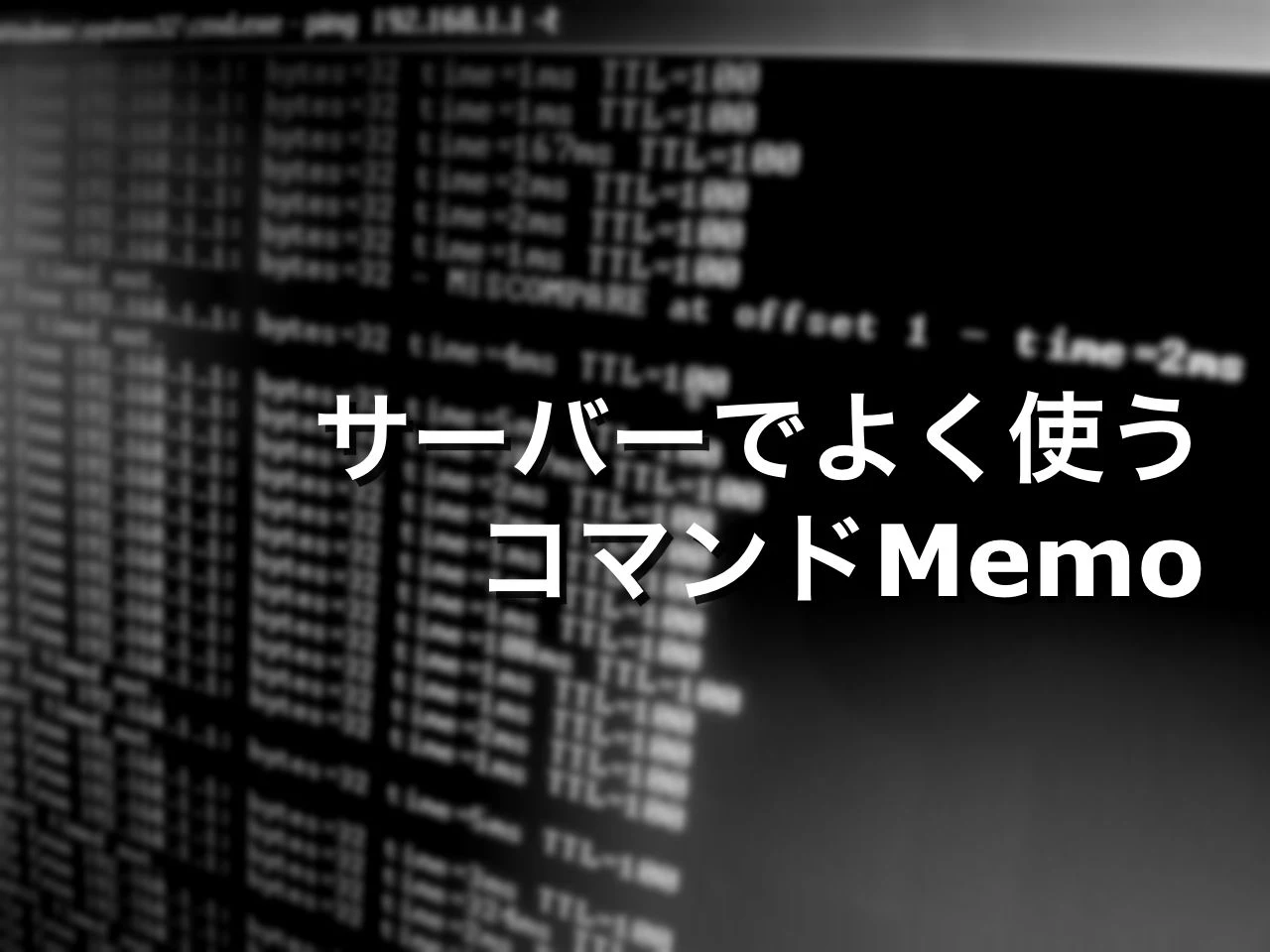
Summery
起動しているプロセスの一覧を表示するConstruction
$ ps [option]
Option
a : 全ユーザーの実行しているプロセスを表示 u : ユーザー名、開始時刻の表示 x : 制御端末のないプロセス情報も表示 f : ツリー形式で表示 h : ヘッダを表示しない j : pgidとsidを表示する m : スレッドを表示 r : 実行中のプロセスのみ表示 v : vm形式で表示 w : 1行追加して表示拡大する
Sample
# プロセス一覧の表示
$ ps aux
# 全てのプロセスの情報を表示
$ ps alx
# 実行順に表示
$ ps --sort=start_time
Discription
ps displays information about a selection of the active processes. If
you want a repetitive update of the selection and the displayed
information, use top(1) instead.
This version of ps accepts several kinds of options:
1 UNIX options, which may be grouped and must be preceded by a dash.
2 BSD options, which may be grouped and must not be used with a dash.
3 GNU long options, which are preceded by two dashes.
Options of different types may be freely mixed, but conflicts can
appear. There are some synonymous options, which are functionally
identical, due to the many standards and ps implementations that this
ps is compatible with.
Note that "ps -aux" is distinct from "ps aux". The POSIX and UNIX
standards require that "ps -aux" print all processes owned by a user
named "x", as well as printing all processes that would be selected by
the -a option. If the user named "x" does not exist, this ps may
interpret the command as "ps aux" instead and print a warning. This
behavior is intended to aid in transitioning old scripts and habits.
It is fragile, subject to change, and thus should not be relied upon.
By default, ps selects all processes with the same effective user ID
(euid=EUID) as the current user and associated with the same terminal
as the invoker. It displays the process ID (pid=PID), the terminal
associated with the process (tname=TTY), the cumulated CPU time in
[DD-]hh:mm:ss format (time=TIME), and the executable name (ucmd=CMD).
Output is unsorted by default.
The use of BSD-style options will add process state (stat=STAT) to the
default display and show the command args (args=COMMAND) instead of the
executable name. You can override this with the PS_FORMAT environment
variable. The use of BSD-style options will also change the process
selection to include processes on other terminals (TTYs) that are owned
by you; alternately, this may be described as setting the selection to
be the set of all processes filtered to exclude processes owned by
other users or not on a terminal. These effects are not considered
when options are described as being "identical" below, so -M will be
considered identical to Z and so on.
Except as described below, process selection options are additive. The
default selection is discarded, and then the selected processes are
added to the set of processes to be displayed. A process will thus be
shown if it meets any of the given selection criteria.










0 件のコメント:
コメントを投稿